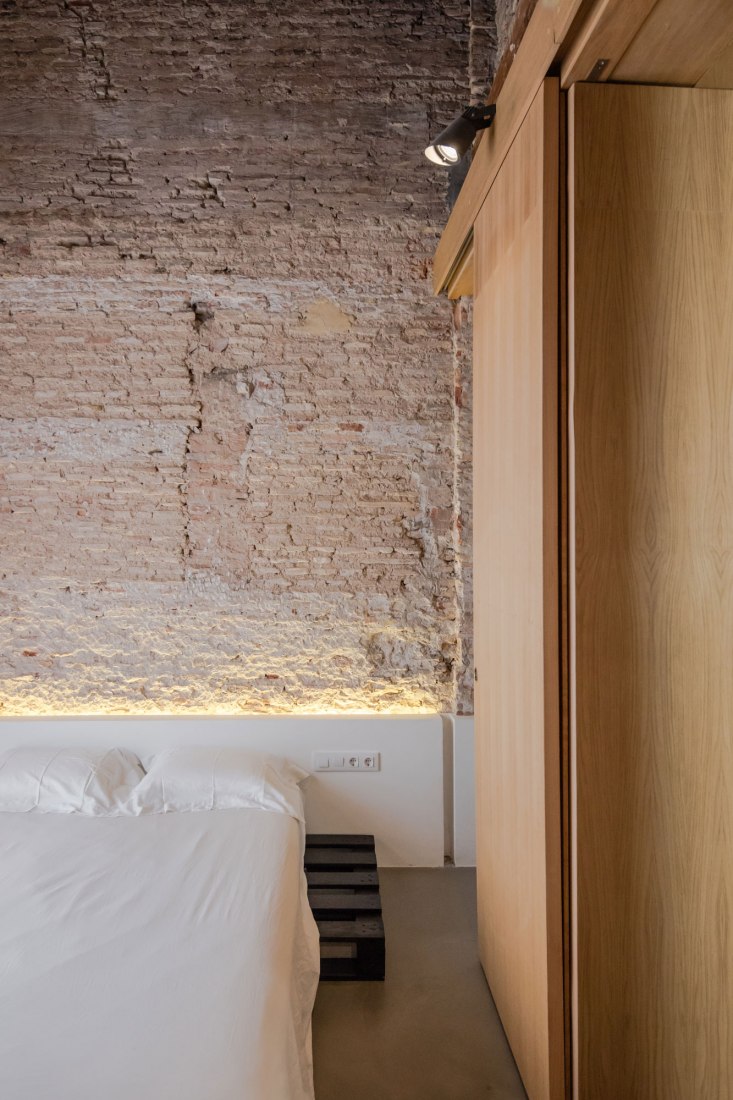
Indirect lighting
Indirect lighting is that bounced light where the energy source is not visible. In contrast to direct lighting, which is focused on a specific point, indirect lighting spreads softly, creating immersive environments. The choice of lighting is not just a technical matter; it is a tool to influence the mood and perception of a space.

Benefits of indirect lighting
Indirect lighting reflects off the surfaces of the space, generating a relaxing and welcoming ambiance. The soft and diffuse light eliminates harsh shadows, making it especially suitable for relaxation spaces such as living rooms, bedrooms, nighttime bathrooms, or reading areas.
To conceal the light source and make them not directly visible, it is common to use a recessed false ceiling, creating the visual illusion that the wall and ceiling do not meet. The absence of a visible corner enhances the perception of space, contributing to the feeling of an infinite space. Additionally, hiding light sources results in a space with fewer elements and, therefore, a more minimalist appearance.
Design and Planning
The first piece of advice when dealing with indirect lighting is to avoid an excess of this type of lighting in a residence, as an excess can be perceived as distasteful. Subtlety in the application of this type of lighting is key to achieving an elegant and balanced atmosphere.
Another crucial piece of advice is to be careful when selecting the wall for installing indirect lighting; it is essential to ensure that it is perfectly flat. This guarantees that the light is distributed evenly, avoiding highlighting possible irregularities on the surface. Careful wall preparation is necessary.
Finally, the selection of light temperature is another crucial aspect in lighting design. We should always opt for light sources with warm color temperatures since indirect lighting is not about task lighting but about contributing to a cozy and relaxing atmosphere.


Conclusions
In summary, indirect lighting goes beyond providing light; it is a design tool that influences the mood and transforms the atmosphere of a home. The key lies in achieving a balanced design that goes unnoticed, generating a pleasant feeling of indirect cozy light.
References
The first time we encountered indirect lighting was at the John Soane Museum in London, built in 1792 when electricity was not yet available. In a room in this museum, the wall is clearly separated from the ceiling, and at the top, there is a concealed skylight designed to bathe the wall in light.









